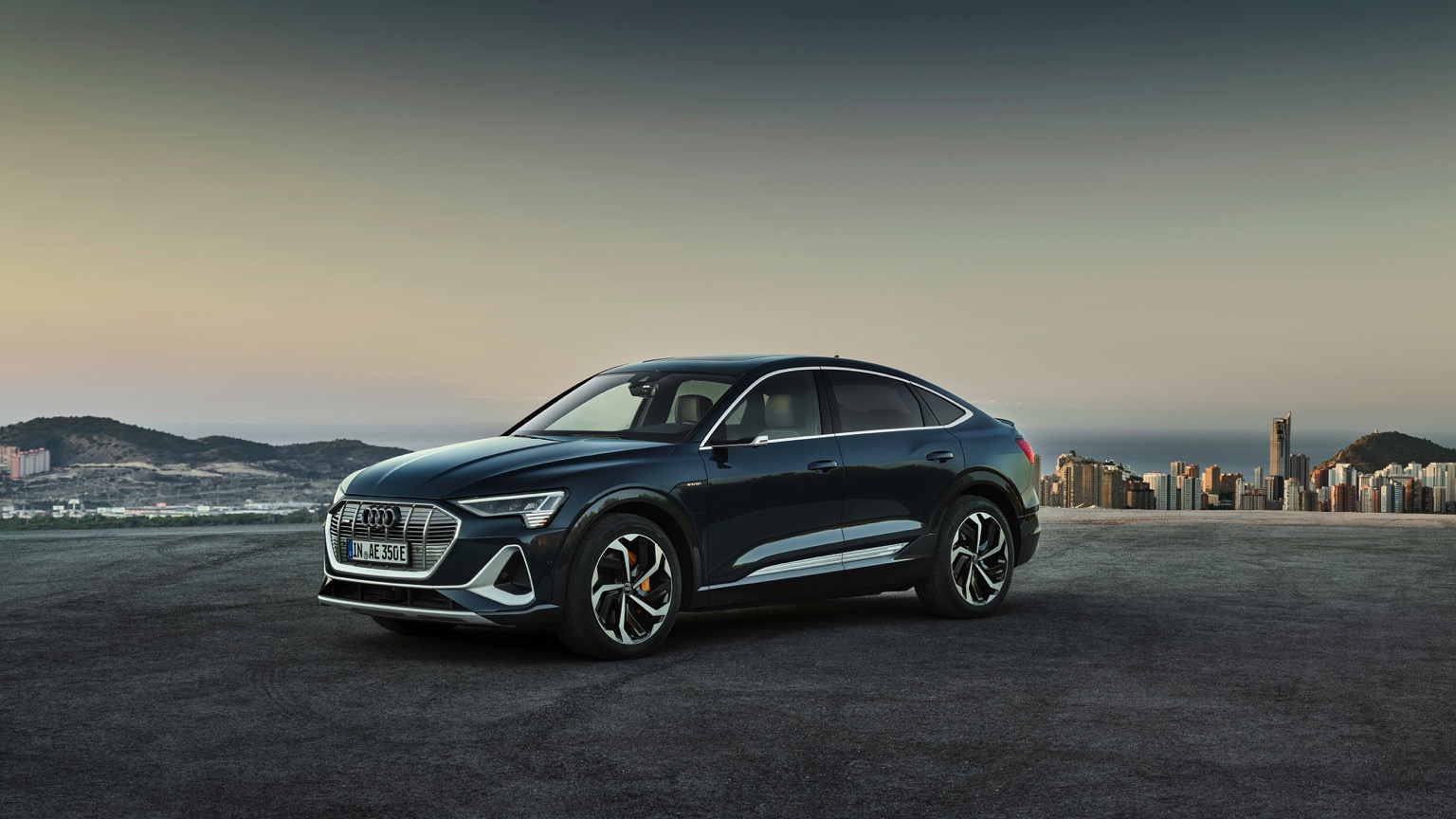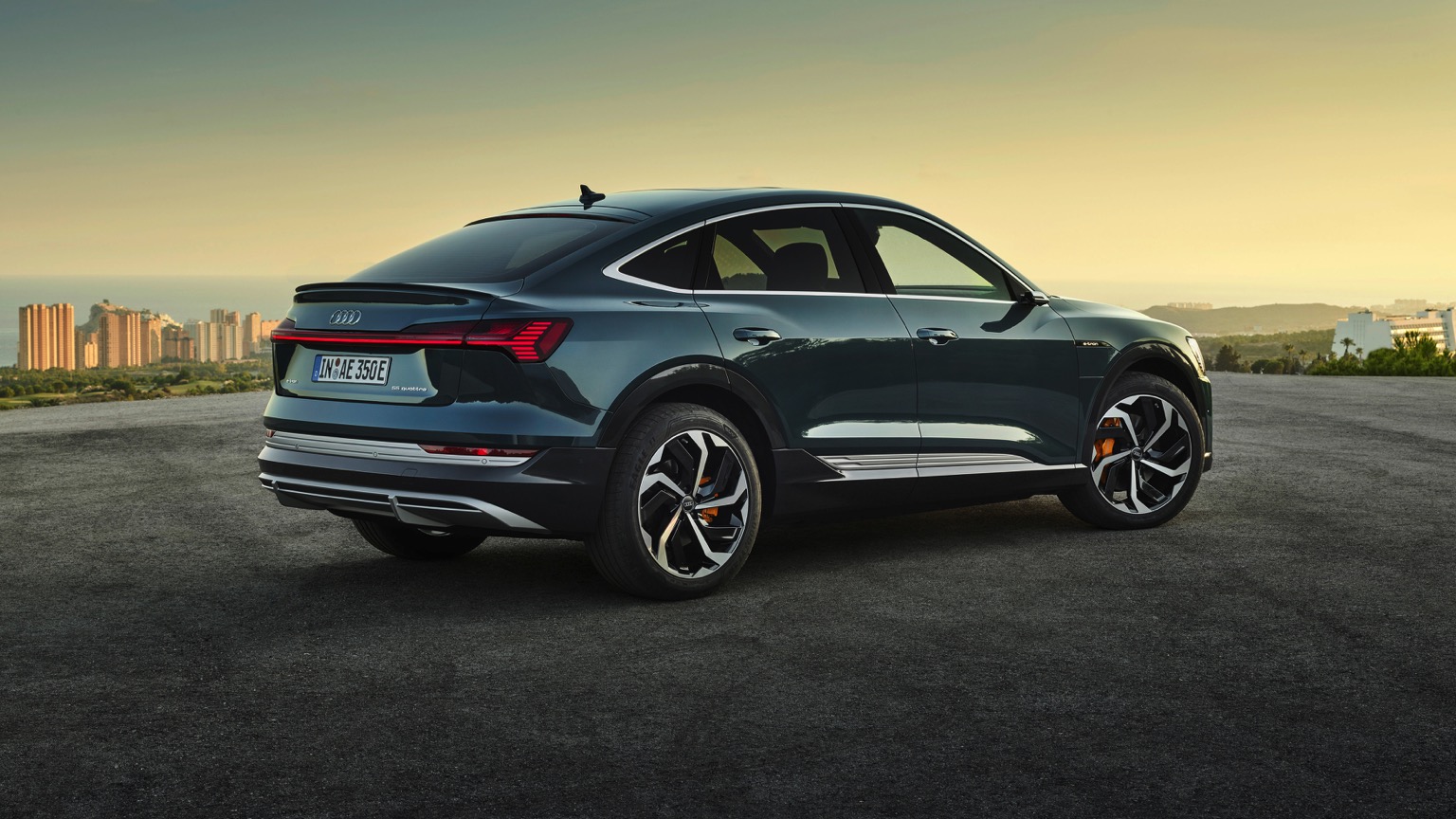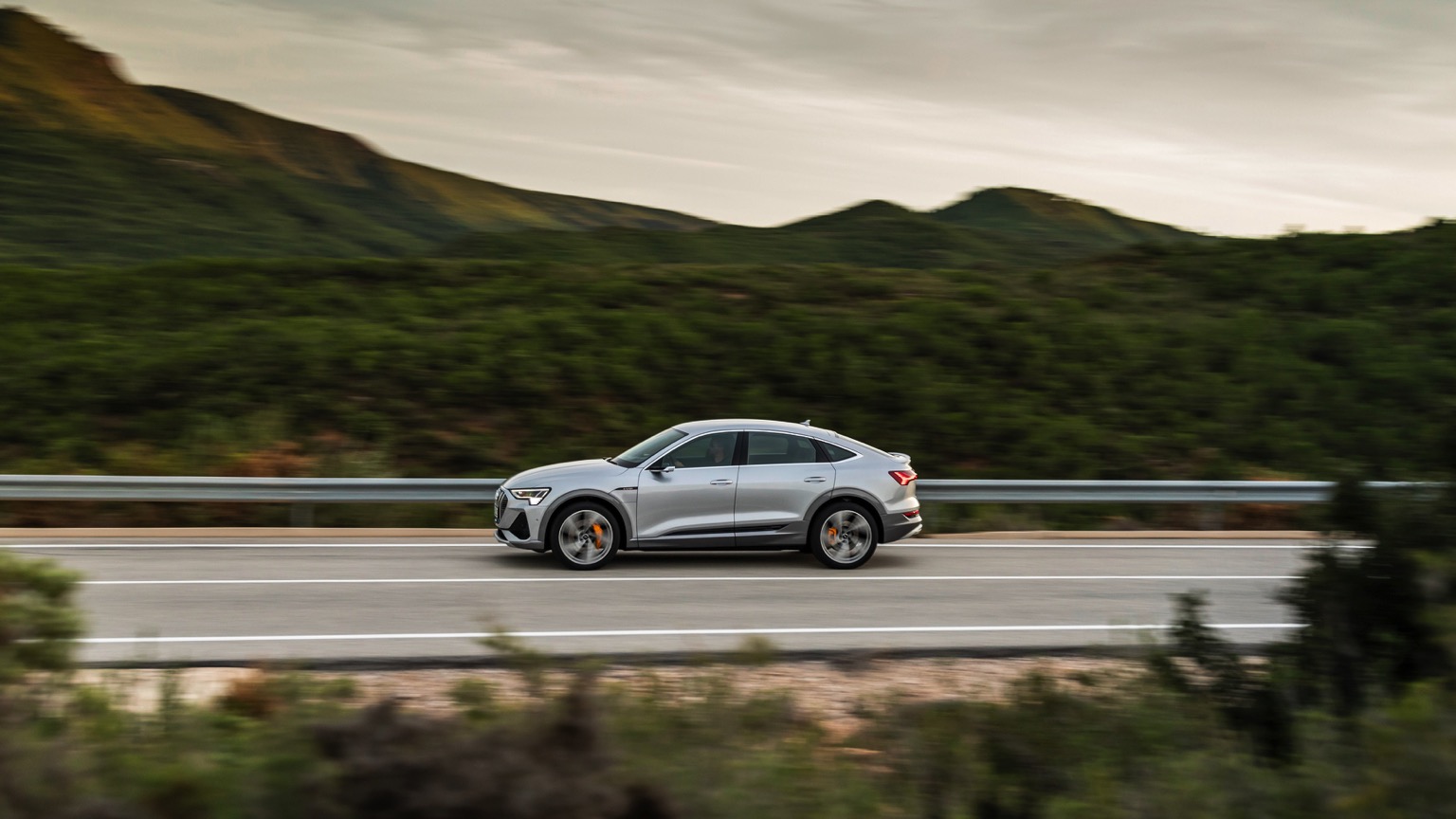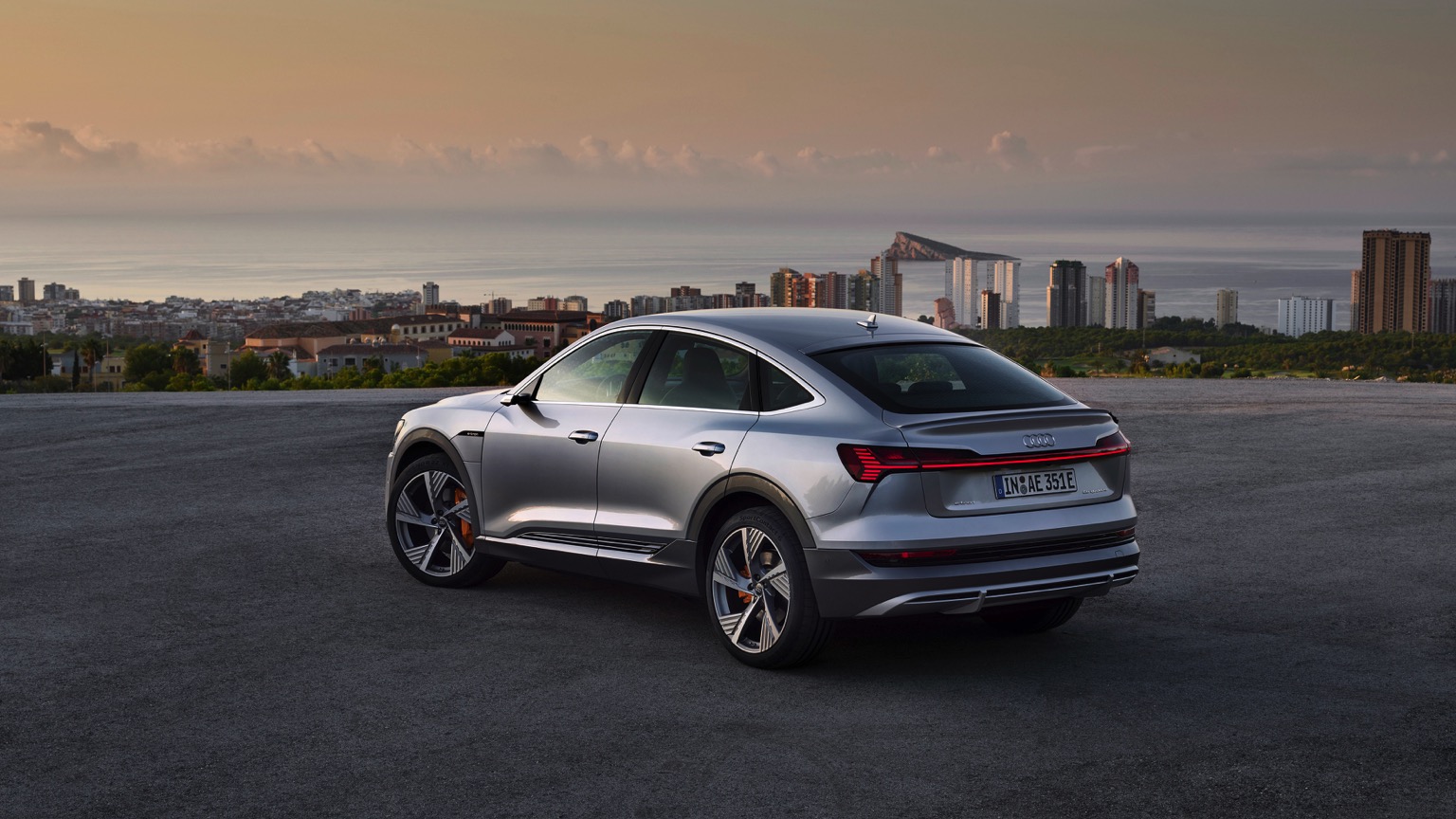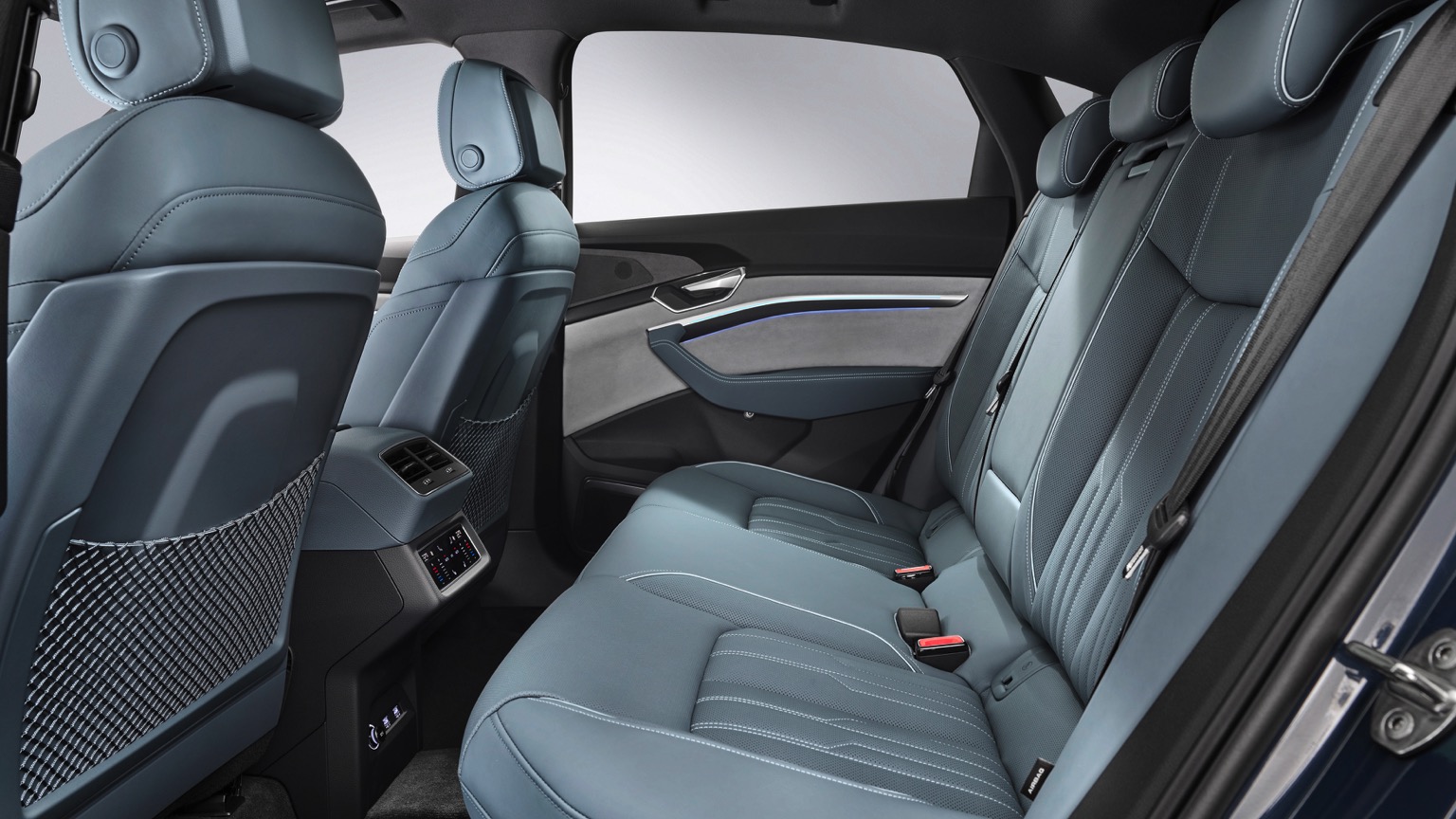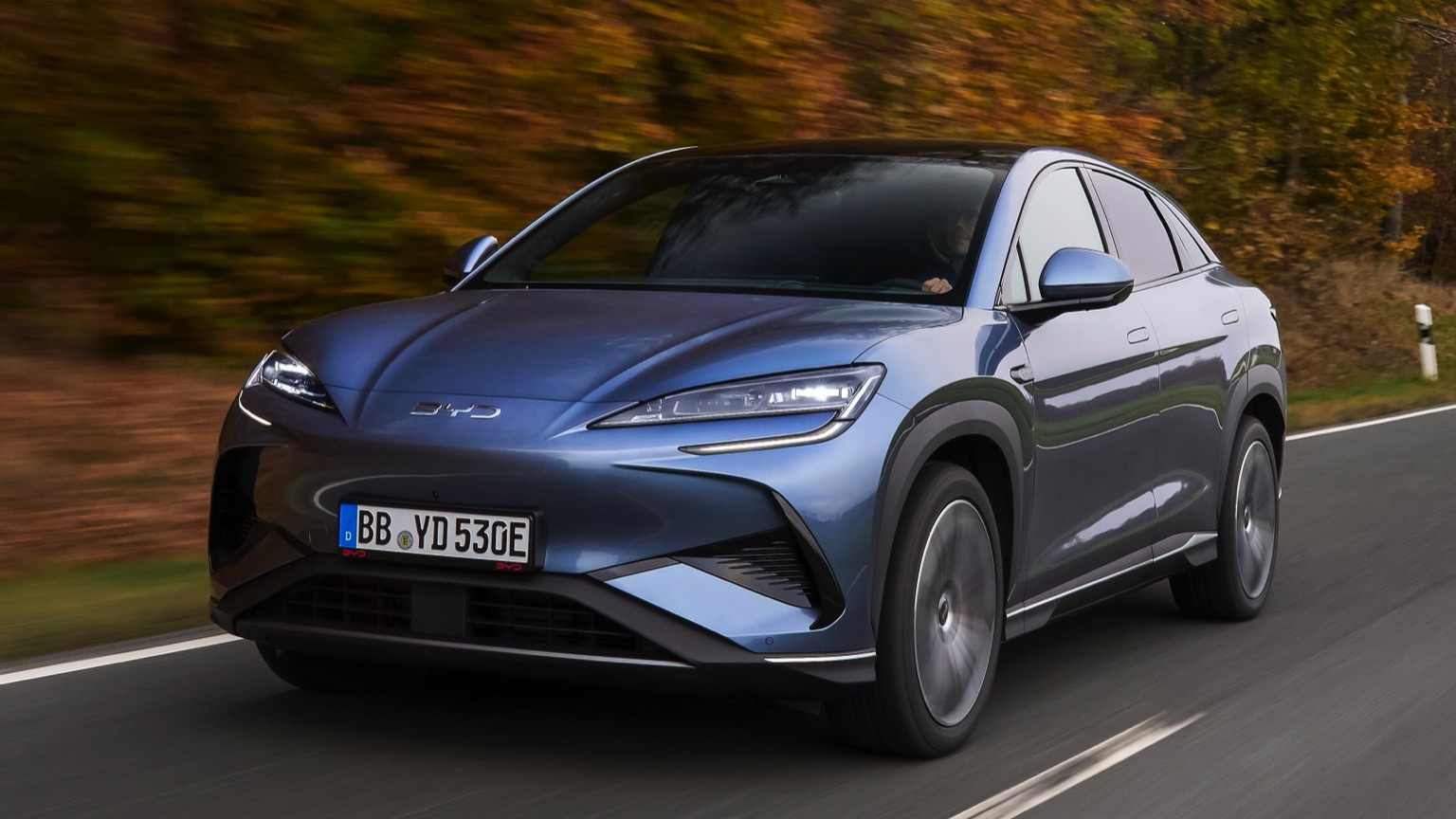Driving Range
In short, how many miles you can travel on a full charge. Is length important? Let’s not open that can of worms…
Efficiency
How many kWh of charge are needed to travel a set distance. The fewer needed, the more efficient your EV is. Easy!
Battery
The bigger the battery, the more power it can hold. In essence, fewer stops needed to top up your charge. Ahh, simplicity!
Top Speed
The maximum speed you can reach with your foot pressed hard to the floor. Important when escaping a zombie apocalypse, we assume.
Seats
Well, you don’t want to have to leave anybody at home… or do you?
Body
From stylish SUVs and compact crossovers, to curvaceous coupes and handy hatchbacks, there’s a perfect shape for everyone!
Isofix
The safe way to attach a child seat. Typically, these are hidden in the join between the back seats, alongside the crumbs from your last meal deal.
Safety Rating
A measure that considers the amount of safety kit installed, how a vehicle performs in crash testing and how safe it is for both pedestrians and cyclists.
| City - Cold Weather | 180 miles |
| Highway - Cold Weather | 130 miles |
| Combined - Cold Weather | 155 miles |
| City - Mild Weather | 255 miles |
| Highway - Mild Weather | 165 miles |
| Combined - Mild Weather | 205 miles |
Indication of real-world range in several situations. Cold weather: 'worst-case' based on -10°C and use of heating. Mild weather: 'best-case' based on 23°C and no use of A/C. For 'Highway' figures a constant speed of 110 km/h is assumed. The actual range will depend on speed, style of driving, weather and route conditions.
| Charge Port | Type 2 |
| Port Location | Right Side - Front |
| Charge Power | 22 KW AC |
| Charge Time | 3hr 30m |
| Charge Speed | 51 mph |
| Fastcharge Port | CCS |
| FC Port Location | Right Side - Front |
| Fastcharge Power (max) | 120 |
| Fastcharge Time | 25m |
| Fastcharge Speed | 300 mph |
General Charging (0 - 100%)
Charging is possible by using a regular wall plug or a charging station. Public charging is always done through a charging station. How fast the EV can charge depends on the charging station (EVSE) used and the maximum charging capacity of the EV
| Charging Point:Charging Point | Power:Power | Time:Time |
|---|---|---|
| Charging Point:Wall Plug | Power:2.3 kW | Time:33hr 15m |
| Charging Point:1-Phase 16A | Power:3.68 kW | Time:20hr 45m |
| Charging Point:1-Phase 32A | Power:7.36 kW | Time:10hr 30m |
| Charging Point:3-Phase 16A | Power:3.68 kW | Time:7hr |
| Charging Point:3-Phase 32A | Power:7.36 kW | Time:3hr 30m |
Rapid Charging (10 - 80%)
Rapid charging enables longer journeys by adding as much range as possible in the shortest amount of time. Charging power will decrease significantly after 80% state-of-charge (SoC) has been reached.
| Charging Point:Charging Point | Average Power:Average Power | Time:Time |
|---|---|---|
| Charging Point:CCS 50 | Average Power:50 kW | Time: 57m |
| Charging Point:CCS 175 | Average Power:114 kW | Time: 25m |
| EVDB Real Range | 180 miles |
| EVDB Vehicle Consumption | 359 Wh/mi |
| EVDB CO2 Emissions | 0 g/mi |
| EVDB Vehicle Fuel Equivalent | 1.13 l/100mi |
| WLTP Real Range | 217 miles |
| WLTP Rated Consumption | 34 Wh/mi |
| WLTP Vehicle Consumption | 29.7 Wh/mi |
| WLTP CO2 Emissions | 0 g/mi |
| WLTP Rated Fuel Equivalent | 1.19 l/100mi |
| WLTP Vehicle Fuel Equivalent | 1.36 l/100mi |
| Acceleration 0 - 100 km/h | 6.8 sec |
| Top Speed | 118 mph |
| Electric Range* | 180 miles |
| Total Power* | 230 kWh |
| Total Torque* | 540 Nm |
| Drive | AWD |
| Safety Rating | |
| Rating Year | 2019 |
| Adult Occupant | 91% |
| Child Occupant | 85% |
| Vulnerable Road Users | 71% |
| Safety Assist | 76% |
For more details on the safety rating of this vehicle, visit euroncap.com
| Nominal Capacity | 71 kWh |
| Battery Type | Lithium-ion |
| Number of Cells | N/A |
| Architecture | 400 V |
| Useable Capacity | 64.7 kWh |
| Cathode Material | N/A |
| Pack Configuration | N/A |
| Nominal Voltage | N/A |
| Length | 4901 mm |
| Width | 1935 mm |
| Width (with mirrors) | 2189 mm |
| Height | 1616 mm |
| Wheelbase | 2928 mm |
| Weight Unladen (EU) | 2445 kg |
| Gross Vehicle Weight (GVWR) | 3040 kg |
| Max. Payload | 670 kg |
| Cargo Volume | 615 L |
| Cargo Volume (Max) | 1655 L |
| Cargo Volume Frunk | N/A |
| Roof Load | 75 kg |
| Tow Hitch Possible | Yes |
| Towing Weight Unbraked | 750 kg |
| Towing Weight Braked | 1800 kg |
| Vertical Load Max | 80 kg |
| Seats | 5 |
| Isofix | Yes, 3 seats |
| Turning Circle | 12.2m |
| Platform | VW MLB |
| Car Body | SUV |
| Segment | E |
| Roof Rails | Yes |
| EV Dedicated Platform | No |
* = estimated value. Average energy consumption and range based on moderate drive style and climate. Real-life values may differ significantly. Pricing information might not be actual for some regions. No rights can be derived from the information on this site.

Audi e-tron Sportback 50 quattro Charging Guide
The Audi e-tron stands as a captivating embodiment of Audi’s commitment to electric innovation, seamlessly merging the luxury and performance synonymous with the brand with the cutting-edge technology essential for an electric future. This electric SUV is not merely a means of transportation; it’s a tailored experience for those who desire a harmonious blend of sophistication, efficiency, and forward-thinking design.
The Audi e-tron transcends being just an electric vehicle; it’s a testament to Audi’s commitment to curating a premium electric driving experience. From its charging capabilities to advanced features, the e-tron seamlessly integrates innovation into every aspect, promising a future where luxury and sustainability coexist harmoniously.

Can Audi e-tron use Tesla Supercharger?
The Audi e-tron doesn’t utilise Tesla Superchargers. Instead, it’s equipped with the CCS (Combined Charging System) connector, ensuring compatibility with various public charging networks as well as home charging points. This provides e-tron drivers with flexibility during their charging journeys without relying on Tesla-specific infrastructure.
How long does it take to charge the Audi e-tron Sportback 50 quattro?
9 hours and 14 minutes*
*Using a standard 7kWh charger, such as zappi it would take 9 hours and 14 minutes to fully charge your 64.7kWh battery. The Audi e-tron Sportback 50 quattro also has the capability to be charged on the 22kWh zappi, which would reduce this charging time down to 7 hours.
What is the range of the Audi e-tron Sportback 50 quattro?
180 miles**The range of the Audi e-tron Sportback 50 quattro with the 64.7kWh battery, differs between 130 miles and 255 miles depending on your driving conditions and the type of road. Typically, the average range from a full charge will be around 180 miles.
How much does it cost to charge the Audi e-tron Sportback 50 quattro?
£4.85**It could cost just £4.85 to charge the Audi e-tron Sportback 50 quattro, with the 85kWh battery, when fully utilising off-peak charging on an Octopus Intelligent tariff, at 0.075p/kWh. In contrast, peak charging on a standard rate of 0.34p/kWh can cost £22 to charge up.

Does Audi e-tron have autopilot?
The Audi e-tron is equipped with advanced driver assistance features like adaptive cruise control, lane-keeping assist, and automatic emergency braking. While enhancing safety and convenience, the e-tron lacks a fully autonomous driving capability equivalent to Tesla’s Autopilot.

Does Audi e-tron have autopilot?
The Audi e-tron is equipped with advanced driver assistance features like adaptive cruise control, lane-keeping assist, and automatic emergency braking. While enhancing safety and convenience, the e-tron lacks a fully autonomous driving capability equivalent to Tesla’s Autopilot.
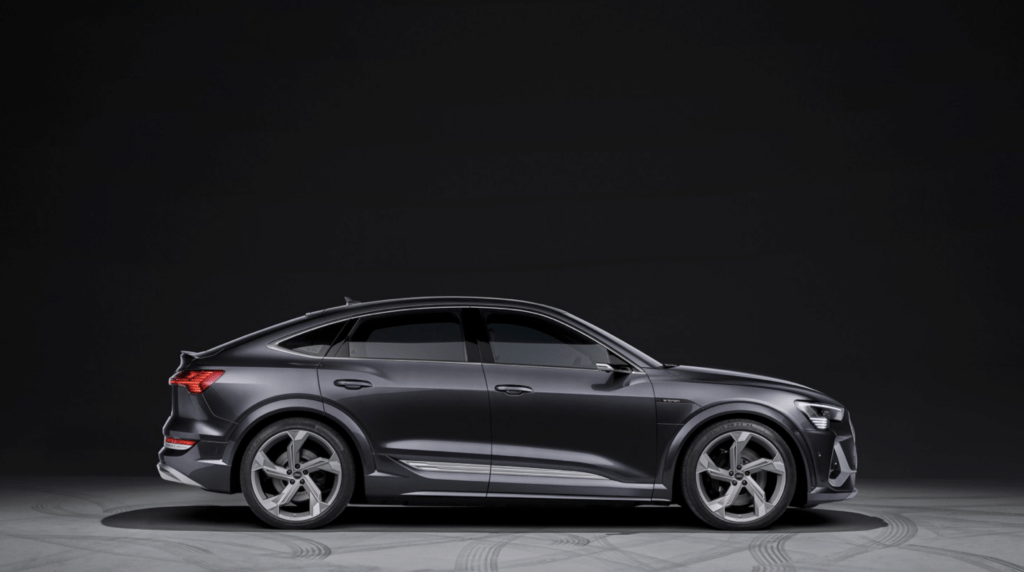
Does Audi e-tron have a heated steering wheel?
Certainly, the Audi e-tron can be fitted with a heated steering wheel, offering added comfort in colder weather conditions. This feature elevates the overall driving experience, ensuring drivers maintain a comfortable grip in various climates. Always verify the availability of this feature with the dealership, as it may be an optional extra on certain e-tron models.

Does Audi e-tron charge while driving?
The Audi e-tron doesn’t support traditional charging while driving. Charging typically occurs when the vehicle is stationary and connected to a compatible charging station. However, the e-tron features regenerative braking, converting kinetic energy into electric energy during deceleration, slightly extending the vehicle’s range.

How to open the Audi e-tron charging port?
To access the charging port on the Audi e-tron, locate a button or switch within the vehicle. This can be found on the driver’s side near the footwell or on the door panel. Activating this button or switch releases the charging port cover, providing access for connecting the charging cable.
Similar Electric Vehicles




